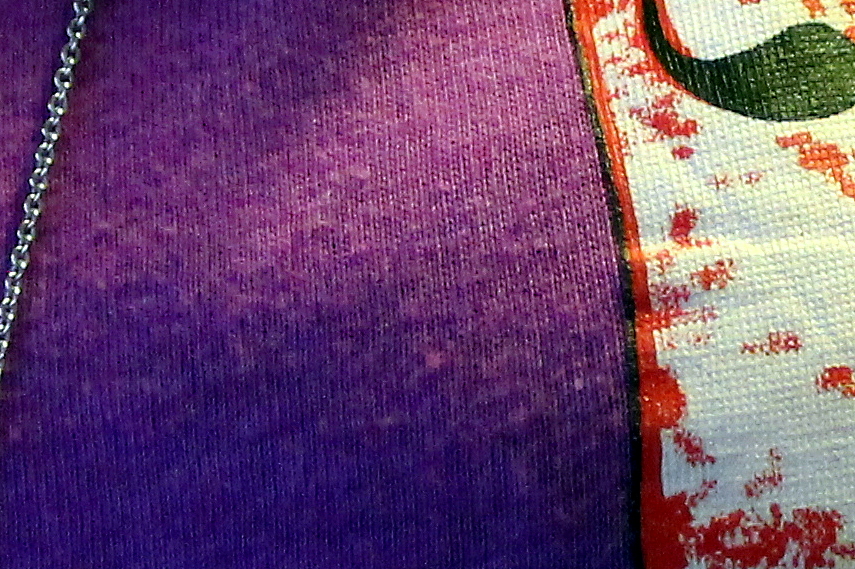Forward
As with most things in life with photographic equipment it’s generally a case of you get what you pay for. But sometimes not. Sometimes less is more, or if not more then less is just as good. Either way, less is rarely, if ever, three or three-&-a-half times as bad. Let me explain. I think I need to.
______________________________________________________________________________________________________________
I’d have to admit to having somewhat unreasonable expectations when it comes to buying a lens – I always seem to want good performance without paying good performance prices. If I can’t get a lens to do what I want it do – & do what I want it to do reasonably well – for less than I deem too much then I tend to find I don’t really want that lens anymore. It’s not a case of being cheap, it’s a case of searching out the best possible cost-to-benefit ratio. My lens purchases to date have, without fail, all been bought after extensive research and in most cases there has been a more expensive alternative to the lens I eventually laid down the money for: I chose the Sigma 10-20mm over the more expensive Canon 10-22mm; I chose the Tamron 28-75mm f/2.8 over the 3-&-a-half-times-as-expensive Canon 24-70mm f/2.8L; & just recently I opted for the Sigma 30mm f/1.4 over the vastly more expensive Canon 35mm f/1.4L, & the Canon 70-300mm f/4-5.6 IS USM over the 3-times-as-expensive L version of the same lens. Generally in life it’s a case of you get what you pay for but all the aforementioned pre-purchase research into the above listed lens comparisons pointed to the fact that maybe less is more, or, at the very least, less is just as good.
I’m very satisfied with the performance of the recently purchased Sigma 30mm f/1.4 – at a third the price of the Canon 35mm f/1.4 there’s no way the Sigma’s performance is three times as bad as the Canon, or the Canon three times as good as the Sigma – & yesterday I got a little bit, just a bit, of an appreciation for the ability of the €500 Canon 70-300mm f/4-5.6 IS USM. The below shot was taken pretty close to the lens’ minimum focal distance of 1.5 metres at 70mm. It was an indoor, handheld shot in low light hence the ISO was cranked up to 3200. IS was enabled.

Canon EF 70-300mm f/4-5.6 IS USM (70mm, f/4.0, 1/40sec, iso3200)
So what? you might say, adding that I’m a zoom-lens pervert for shooting a picture of a girls chest. And aside from that you might add that it’s not even a good picture. You’d be right, except for the pervert part, but you’d be missing the point.
The following picture is a 100% crop close to the centre of the image, where AF was obtained.

100% crop of Canon EF 70-300mm f/4-5.6 IS USM (70mm, f/4.0, 1/40sec, iso3200)
With a bit of luck you’ll be able to see what I’m getting at, that being that the resolving ability of this lens, even under less than ideal photographic conditions, is pretty damn good (or if you can’t see it then just trust me – it is). Of course I knew that pre-purchase. I knew it well. The website photozone.de comments that the resolving ability of this lens is
“truly baffling for such an affordable lens”, adding that in terms of optical quality the lens can
“be almost described as a hidden Canon L lens,” featuring
“an UD (ultra-low dispersion) element which is quite unusual for a consumer grade Canon lens… this special kind of glass is usually only used in Canon L (professional grade) lenses.”
Roger Cicala of LenRentals.com states that if deciding between the three-times-as-expensive L version of this lens, released in 2010, & this non-L version consumer zoom, released in 2005, that he would
“buy the consumer zoom and spend the other $1,000 on a Canon 17-55mm IS or Canon 24-105mm – or just get a Canon 70-200mm f/4 IS and blow $500 on groceries or something frivolous.”
Ken Rockwell’s only knock on L version of this lens is that this non-L version
“does pretty much the same thing with less pleasant ergonomics.”
And that’s true. The ergonomics are not great – it’s made mostly of plastic, the lens extends significantly during zooming (& even focusing), the front element rotates during focusing, there’s no FTM (full-time manual focusing in AF mode) & it uses a micro-USM motor instead of a ring-type motor. But so what? It has very effective IS (3 stops minimum), the USM means AF is fast & for the most part right on the money, & it’s light (630g vs. 1kg for the L version). But with all due respect to ergonomics & tale of the tape comparisons, it’s the bang for the buck value I go for, the so-called cost-to-benefit ratio, the most important lens specification to me. Just don’t go looking for that value in any lens specification list.
______________________________________________________________________________________________________________
